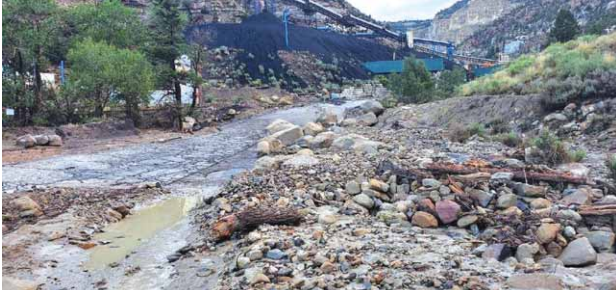As the world grapples with an escalating climate crisis, Australia finds itself at a critical juncture, balancing its commitments to reduce greenhouse gas emissions against the backdrop of increasing natural disasters. Data released on July 6, 2024, reveals that while the Australian government claims national greenhouse gas emissions have declined by 29% since 2005, a deeper analysis shows a sobering reality: emissions that truly matter have dropped a mere 2.5%. This discrepancy raises alarming questions about Australia’s effectiveness in tackling the heat-trapping pollution that significantly contributes to global warming and exacerbates natural disasters.
In recent years, Australia has faced a barrage of climate-related disasters, from devastating bushfires to severe flooding, all heightened by extreme weather patterns linked to climate change. With a legislated emissions target of a 43% reduction by 2030 compared to 2005 levels, current projections suggest that Australia is trailing behind the necessary pace to meet this ambitious goal. But the crucial question remains: is a 43% reduction even sufficient to mitigate the impending impacts of climate change?
Australia’s “fair share” of emissions in limiting global temperature increases has been hotly debated. The nation’s trajectory indicates that it may exhaust its carbon budget for limiting warming to 1.5°C before 2030, while the 2°C threshold could be reached between 2030 and 2040. This timeline presents a dire warning: the difference between 1.5°C and 2°C of warming could lead to catastrophic impacts on ecosystems, agriculture, and human health.
In the year ending December 2023, national greenhouse gas emissions saw a slight decline of 0.5%. However, this figure masks a more troubling reality. When land use changes and forestry emissions—often referred to as “LuluCF”—are factored out, it becomes clear that emissions from the core sectors of the Australian economy, including electricity generation, transportation, and industrial processes, have only decreased by 2.5% since 2005. This highlights a concerning trend: while some progress has been made in transitioning to renewable energy, emissions from key sectors remain stagnant, undermining the nation’s climate goals.
The rise in emissions from transportation, which spiked by 3.6% as pandemic restrictions eased, underscores the volatility of progress. The increased reliance on fossil fuels in transport reveals a lack of comprehensive climate policy that addresses the sources of heat-trapping emissions across the economy. As people return to their pre-pandemic habits, the resurgence in transportation emissions threatens to erase any gains made in other sectors.
Despite the optimistic narrative propagated by government data, many analysts argue that Australia’s climate policies have yet to make a significant impact. The inclusion of land use changes in emissions accounting complicates the overall picture and may mask the actual progress—or lack thereof—in reducing fossil fuel consumption. Critics warn that without more stringent measures to curb emissions from fossil fuels, Australia risks not only falling short of its targets but also facing escalating disaster risks as climate change accelerates.
As Australia grapples with the dual challenges of meeting its emissions targets and mitigating the impacts of climate change, the stakes have never been higher. The need for urgent, comprehensive climate action is clear. Failure to address the underlying causes of emissions could lead to devastating consequences for both the environment and the resilience of communities across the nation. With climate-related disasters already wreaking havoc, the time for decisive action is now.
Source:
www.theguardian.com






